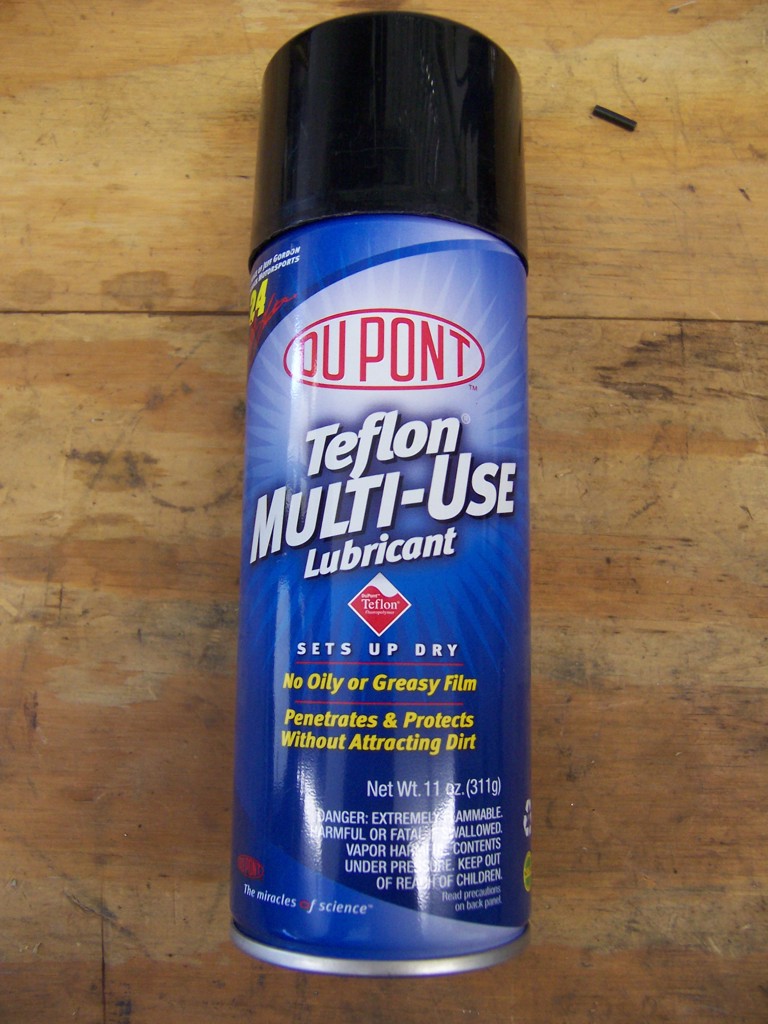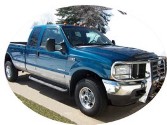|
|
|
Regular periodic lubrication of Ford's autolock hubs along with engaging the 4x4 system and manually locking the hubs on
a monthly schedule will keep the hubs working and trouble free. This is not to say that you will never have problems with the
AutoLock Hub System but keeping them clean and lubricated is a necessary part of keeping your 4x4 system working properly.
This is how I clean and lubricate my hubs.
Got a question? Contact me on my DieselOrings.com webshop CONTACT PAGE
|
[Click on a thumbnail to see a larger image - -
javascript must be enabled and popups allowed from this site]
|

DieselOrings.com's billet FPR housing
A solid billet machined aluminum housing to replace the cast
housing that is on the stock fuel filter canister. The original housing is prone to having the threaded end break off into the brass return line nut.
|
 |
Ford parts used for this serviceThe autolock hub has an o-ring on the flange where it seats into the sealed bearing hub cavity.
This o-ring also provides
part of the vacuum seal necessary for proper operation of the autolock hubs. The good news is that Ford enclosed two o-rings but
only 1 clip in this package. The explanation on the packaging contents states: "Retaining clip for hub lock retention to wheel
hub; O-Ring for testing hub lock; O-Ring for final installation of hub lock into wheel end"ord part # 4C3Z-1K106-AA
DieselOrings offers
a package of 2 retaining clips and 2 Viton hublock o-ring seals.
|
|
 |
Remove the hubcapFirst of all SET THE PARKING BRAKE. You don't want the truck to
start rolling as your working on the front wheels.
|
|
These pictures show the hub with the tire and rotor removed. It is not necessary to
remove the tire and rotor to lubricate the AutoLock hubs and is only shown this way
because of other service I was performing while documenting this procedure.
|
[Click on a thumbnail to see a larger image - -
javascript must be enabled and popups allowed from this site]
|
 |
Removal and disassembly of the AutoLock hub
With a pair of needle nose pliers, remove the retaining clip from the autolock hub.
|
 |
Remove the o-ring from its seat on the hub and discard. A new o-ring from the hub kit will be installed later.
|
 |
In a clean workarea, remove the spring clip from the end of the hub. A small screwdriver can be used to pry one end of the
spring clip out of the notch and work around the circumference until the spring is fully released.
|
 |
Pull the locking gear assembly from the hub cavity. If it has been a while since the hub has been serviced, it may take a
little work to break the assembly loose from the hub. Some pulling and wiggling will eventually cause it to release and come out.
|
 |
With a pair of c-clip pliers, open the snap ring from the top of the gear shaft. There is some spring tension on the nylon ring
assembly so be prepared for the nylon ring and washer to try to pop up when you release the snap ring.
|
 |
Disassemble the gear sections. You will find a bearing in there that will need to be re-packed after cleaning all the parts with
solvent.
|
 |
The next step is a little spookie. The nylon assembly that you see at the bottom of the hub is setting on a small button that
is molded on the neoprene diaphragm that you can't see. This button is actually pushed into a small hole of the same diameter as the
button and will only be released with a small amount of upward force. If you grasp the nylon assembly with needle nose pliers and
pull, it will release and come out of the hub.
|
 |
This is the diaphragm and molded button in the center.
|
|
 |
CleanupClean all the parts with an automotive parts cleaner solvent. Do not use solvent that will damage nylon or neoprene rubber.
Make sure you clean out all of the old grease in the bearing you found on the gear assembly.
|
 |
The diaphragm and Auto/Lock selector appears to be factory assembled and I have yet been able to figure
out how to separate them without damaging the diaphragm. What I will normally do is to flush out the seam around the selector
knob with an electronic contact cleaner as WD-40 seems to attract even more dust and dirt. When the contact cleaner dries, it is
followed by a flush with an evaporating silicone lubrication spray, working the selector back and forth then letting the
silicone spray soak in and dry.
|
|
|
UPDATE
I have found that the o-ring under the knob is rarely damaged. This is not the reason the autolock knob begins to bind up and can not
be turned. It is road dust that begins to pack around the o-ring with expansion and contraction of the parts. Regular exercise of the knob by
turning it from LOCK to AUTO a few times every month will keep this dust from packing around the o-ring. Owners that try using
WD-40 and transmission oil to soak the o-ring will only cause more dirt to pack in around the knob o-ring. Road dust is the culprit that
causes the dial to bind and stick. The knob is a one-shot installation and will not come out without damaging the knob or knob retaining tabs.
Since first writing this article, I have suggested to many people to pickup a can of DuPont All Purpose Drying Lubricant - Teflon Based to flush out
the area under the knob. Most have been successful in removing the packed road dust from around the o-ring by using this product. It takes some time
to get the knob to begin to move just the slightest amount. Rapid progress will occur once you get the knob to begin to move.

|
|
 |
Using an all purpose white grease, place a dab on each slide guide on the nylon assembly that was pulled from the bottom of
the hub. Gently work the internal spring to work the grease into the guides.
|
 |
Use a good quality axle grease and cover the interior of the hub. Do not fill the teeth with more that about 1/32" of grease.
|
 |
Repack the bearing with grease. With a gumball size ball of grease on you finger, press the grease into the bearing while
turning the bearing at the same time. When you no longer have enough grease to work into the bearing, get another gob and keep
packing in until the bearing is full. Notice that one side of the bearing is flat and the other is rounded. This will
be important when we reassemble the gear unit.
|
 |
This gear rides on the 4x4 axle; coat the entire outside of the unit with bearing grease.
|
 |
Assembly of the AutoLock hubOn a clean work surface, place the small gear inside of the large gear with the
snap ring groove pointing up. Slide the flat thrust washer over the shaft, and then slide the bearing over the shaft with the flat
side down. Set the spring over the bearing and while compressing the spring, place the 5 toothed nylon piece over the bearing.
Slide the other flat thrust washer on the top of the nylon piece and secure with the spring clip. Your finished piece should look
like this.
|
 |
Set the nylon assembly that you placed the dabs of white grease on, into the center of the hub. It is not necessary to try and
force the diaphragm button into the small hone in the nylon as it will seat itself during normal operation.
|
 |
On your clean work surface, place the hub, selector knob down and insert the gear assembly into the hub. Push down and the
whole assembly will seat into the hub. Install the spring clip around the top and place a small amount of white grease on the splines
that slip over the axle and on the outer splines that slip into the wheel hub. Coat the new o-ring from your Ford hub kit with white
grease and install it in the o-ring grove on the outside of the AutoLock hub.
|
 |
Place a small amount of white grease on the splines of the axle and coat the groove where the hub o-ring seats in the
wheel hub.
|
 |
Install the AutoLock hub back into the wheel hub. Sometimes it takes a little work to get it to line up with the axle but once
you get it, it will slide right in. When the o-ring reaches the hub shoulder, hit the selector knob end of the hub with the palm of your
hand to seat the o-ring in the groove. Install the retaining clip on the autolock hub and make sure it is completely recessed in
its groove.
|
Replace the hubcap and set the AutoLock selector to AUTO. Take a test drive on dry pavement. Set you ESOF dash control
to 4x4 high and make a tight turn while only traveling 5 mph. You should feel the front tires binding which will let you know that
your AutoLock hubs have locked. Congratulations on a job well done.
|
|
|
Back to guzzle's Powerstroke Maintenance Index |

